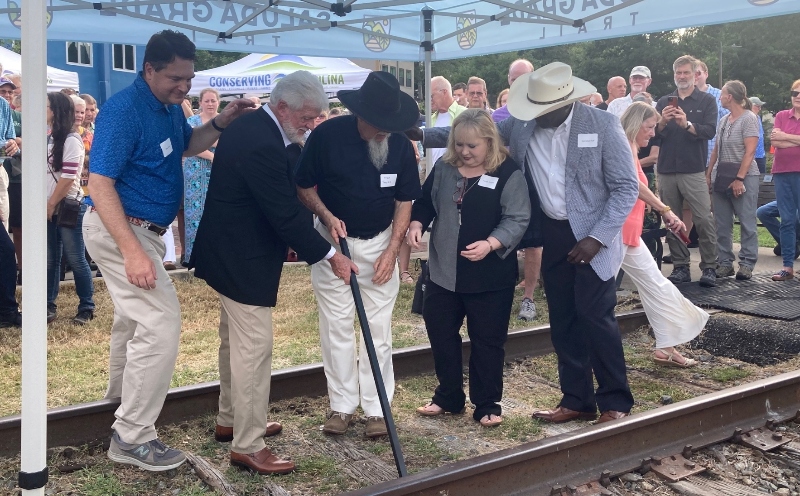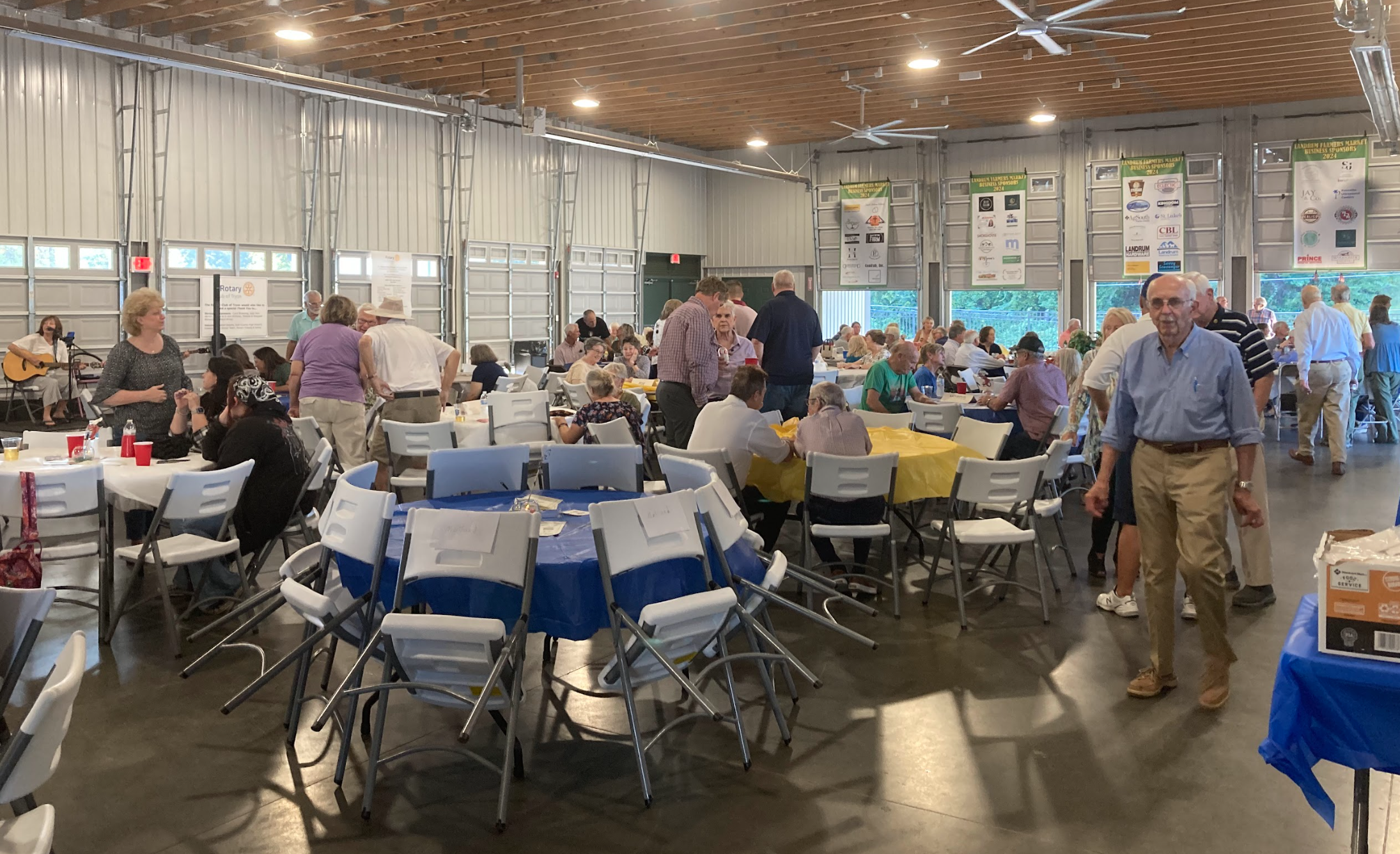Unsolved mystery of the Hensley home burning
Published 7:14 pm Wednesday, November 9, 2011
The death of four members of the Hensley family in a fire that completely destroyed their home on the side of Glassy Mountain has been a matter of speculation and controversy even to the present day.
An inquest held by Magistrate and Trial Justice John B. Dill on April 11, 1893, two days after the ashes and burned bodies were discovered, resulted in a jury verdict stating “how or by what means these people came to their deaths is unknown to the jury.”
Even with the testimony of five persons — including James Moon, R.P. Pitman and James Bowers who lived nearby and were the first persons on the fire scene — the jury could draw no concrete conclusion as to how the victims came to their deaths.
The known facts included: the fire that occurred around midnight on April 9 was seen by only a few people, who thought it was a fire on the mountainside and not a particular house; James Moon discovered the ruins around noon the next day; and bones from the four bodies were found in different locations around the ruins, not huddled together in one place.
One body’s bones were discovered under the floor of the house in a spot where there was a loose board. It was said that some months earlier someone had thrown an axe into the house and almost struck Jane Hensley, the mother.
Young, 14-year-old Willis Hensley, a grandson and nephew to Sylvania and Esau Hensley, had stated that the next time any violence occurred at the house, he was going to hide beneath the loose floorboard.
While some people speculated that the body bones in this location were probably that of 24-year-old Esau, it stands to reason that a 14-year-old who had declared that to be a hiding place would more likely be found there.
Body bones found inside the house where a bed usually stood were presumed to be that of 20-year-old Sylvania. A rumor, which preceded the fire, stated that the young woman had been promiscuous and was carrying a baby. There was speculation as to who the father might be.
The house was known to be a gathering place for “rowdies” who drank, gambled and generally “raised hell.”
Did a remark about her impending motherhood cause a ruckus that escalated into a fight between a “rowdie” and her brother, Esau?
Was the person who previously threw an axe at Jane present that night and carried out an additional threat against her?
Did a gambling cheating accusation result in a fight or a shooting that caused an accidental or deliberate death of someone, and the house was burned to cover the evidence and silence witnesses?
Why were no other body bones found in the ashes? Why had not one family member been able to escape? There were two doors and a number of windows in the building providing ample exits for at least some members of the family.
If “rowdies” were present in the house that evening, why didn’t they try to help family members escape the flames? Why did no one report the fire?
For years, several local fellows who were known to have frequented the Hensley house in times past never discussed the fire when the subject was broached. If one of them became ill, other members of the group would come and stay with the sick person. Was it to ensure that, while he was under pain or stress, he would not accidentally say something about the night of the fire?
These and other questions remain unanswered 118 years later.





